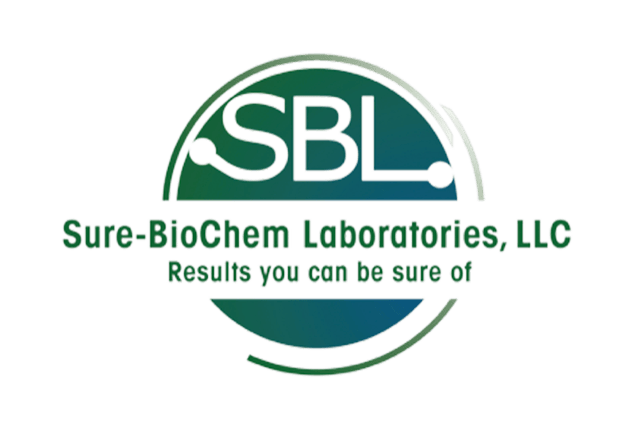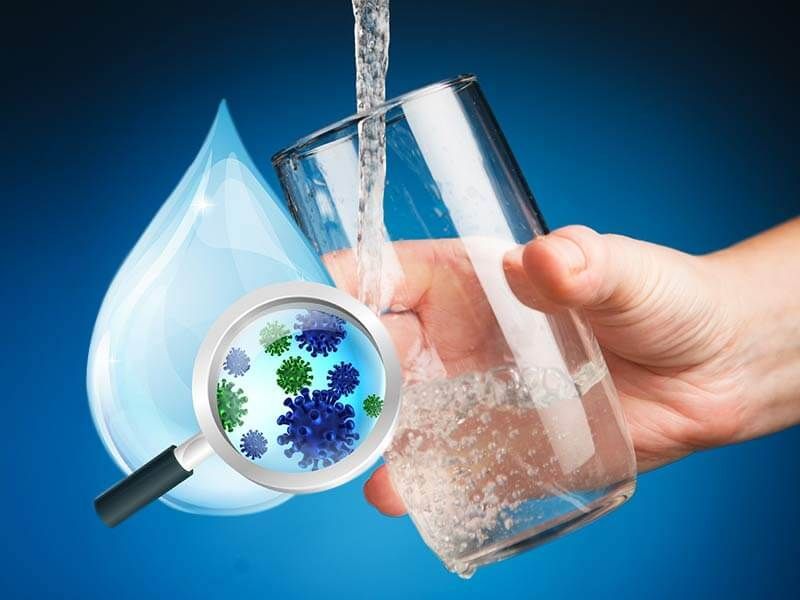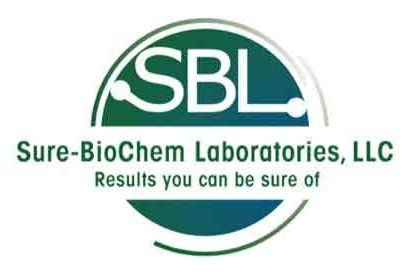The Growing Need for Preservative Efficacy Testing
November 19, 2020
The Growing Need for Preservative Efficacy Testing
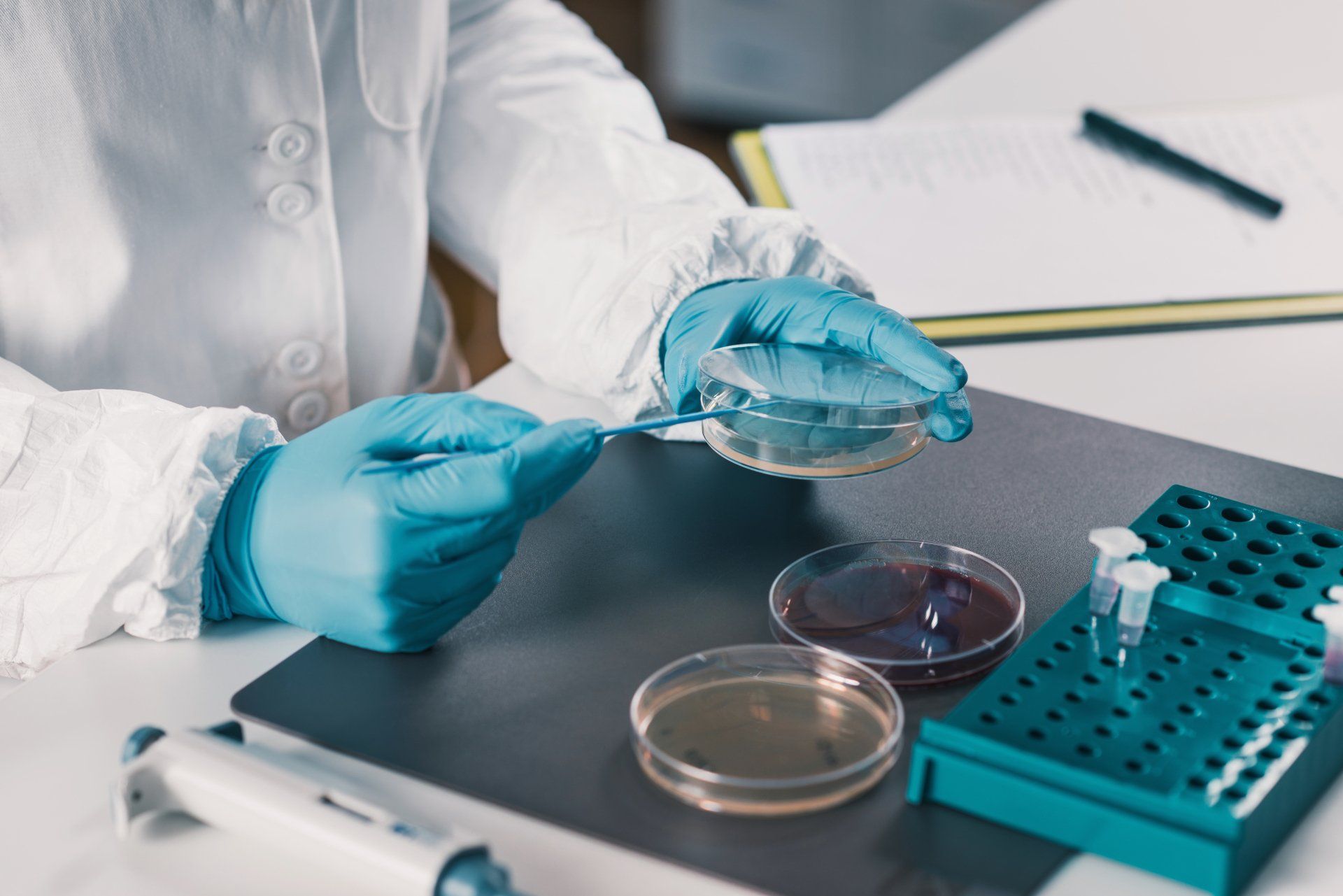
The general public expects their pharmaceuticals, cosmetics, and personal care
products to be safe. Antimicrobial preservatives are a key component to maintaining the
integrity of these products. Preservatives inhibit the growth of microorganisms and
extend the shelf-life of the food products, pharmaceuticals, medical devices and
personal care products that people consume on a daily basis. However, there are many
factors that can lead to product contamination such as application methods, packaging
requirements and patient compliance. How can companies assure consumers that their
products are free from microbial contaminants?
products to be safe. Antimicrobial preservatives are a key component to maintaining the
integrity of these products. Preservatives inhibit the growth of microorganisms and
extend the shelf-life of the food products, pharmaceuticals, medical devices and
personal care products that people consume on a daily basis. However, there are many
factors that can lead to product contamination such as application methods, packaging
requirements and patient compliance. How can companies assure consumers that their
products are free from microbial contaminants?
Preservative efficacy testing (PET), when conducted by a certified testing laboratory like
Sure Bio-Chem Laboratories (SBL), ensures that the preservatives do their job.
Preservatives must be well-matched to the product’s formula, the specific microbial
threats that thrive there, and the product’s directed use. For example, sterile multi-dose
aqueous products present a greater challenge for its preservatives since there is a risk
of contamination with each use. Picture a child’s cough medicine that is administered
through a syringe attached to the bottle’s cap. The PET confirms that preservatives are
effectively curbing the growth of any bacteria introduced into the product during
manufacturing or consumption, and that those preservatives remain stable over time.
Preservatives must be well-matched to the product’s formula, the specific microbial
threats that thrive there, and the product’s directed use. For example, sterile multi-dose
aqueous products present a greater challenge for its preservatives since there is a risk
of contamination with each use. Picture a child’s cough medicine that is administered
through a syringe attached to the bottle’s cap. The PET confirms that preservatives are
effectively curbing the growth of any bacteria introduced into the product during
manufacturing or consumption, and that those preservatives remain stable over time.
The PET Process
The PET Process begins with the prepared product, preferably in its final container.
The FDA’s Pharmaceutical Microbiology Manual recommends testing a suitable volume
of product—at least 20 mL (1). The product is then challenged with a range of
microorganisms. Scientists take samples at different time intervals, and then perform an
assay to confirm that there is either no increase, or a significant reduction of organisms
over a designated time, depending on the makeup of the product.
PET should be performed when a new product is developed, if the product has been
reformulated, or if there is a change in materials, methods or direct product handling.
SBL provides dependable antimicrobial preservative efficacy testing. We can determine
the validity of antimicrobial preservatives and the level to which they prevent growth of
microbial contaminants in different products that are used on the body. We also test a
microbial assay of antibiotics, using both diffusion and turbidimetric methods. These
processes test for growth inhibition on an agar plate or in media. All these tests are
standardized or tailor-made, depending on the needs of your company.
The FDA’s Pharmaceutical Microbiology Manual recommends testing a suitable volume
of product—at least 20 mL (1). The product is then challenged with a range of
microorganisms. Scientists take samples at different time intervals, and then perform an
assay to confirm that there is either no increase, or a significant reduction of organisms
over a designated time, depending on the makeup of the product.
PET should be performed when a new product is developed, if the product has been
reformulated, or if there is a change in materials, methods or direct product handling.
SBL provides dependable antimicrobial preservative efficacy testing. We can determine
the validity of antimicrobial preservatives and the level to which they prevent growth of
microbial contaminants in different products that are used on the body. We also test a
microbial assay of antibiotics, using both diffusion and turbidimetric methods. These
processes test for growth inhibition on an agar plate or in media. All these tests are
standardized or tailor-made, depending on the needs of your company.
Regulations
US Pharmacopoeia (USP) lays out clear requirements for the PET of pharmaceutical
products, but regulations for other industries are more vague (2). For example, the Food
and Drug Administration (FDA) states, “Cosmetic products are not expected to be
aseptic; however, they must be completely free of high-virulence microbial pathogens,
and the total number of microorganisms per gram must be low (3).” This is why it is so
important to partner with an experienced testing laboratory like SBL. Our team is well
versed in USP regulations, and even if there is no current standard for your product, we
have the prior experience necessary to create a new procedure that will establish
preservative efficacy for your individual needs.
products, but regulations for other industries are more vague (2). For example, the Food
and Drug Administration (FDA) states, “Cosmetic products are not expected to be
aseptic; however, they must be completely free of high-virulence microbial pathogens,
and the total number of microorganisms per gram must be low (3).” This is why it is so
important to partner with an experienced testing laboratory like SBL. Our team is well
versed in USP regulations, and even if there is no current standard for your product, we
have the prior experience necessary to create a new procedure that will establish
preservative efficacy for your individual needs.
References:
1. https://www.fda.gov/media/88801/download2. https://www.usp.org/
3. http://www.fda.gov/downloads/cosmetics/guidanceregulation/guidancedocuments
/ucm208412.pdf
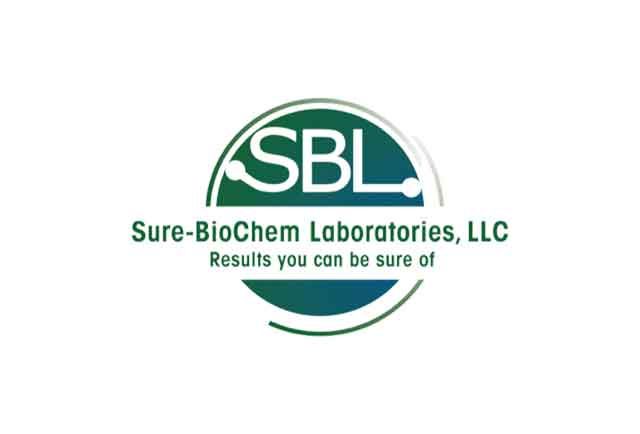
Need Our Help? Fill Out a Service Request Today!
We're here to assist you with all your needs. Please complete our service request form to ensure we provide the best possible service.
It's quick and easy—tell us a little about your request, and our team will reply promptly. We look forward to serving you!
Blog Contact Page
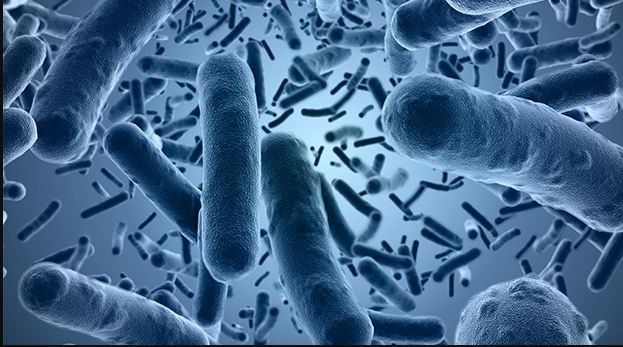
The significance of Bacillus cereus testing in ensuring food safety! Found in soil, dust, and raw foods, this bacterium poses a significant concern due to its potential to cause foodborne illness. Discover how food and environmental laboratories conduct rigorous testing to assess the safety and quality of food products, crucial for industries involved in food production and healthcare settings. Explore the methods, including microbiological culture and molecular techniques, employed for accurate detection. Join us in understanding how Bacillus cereus testing plays a pivotal role in upholding food safety standards, ensuring that consumers receive safe and high-quality food products.
